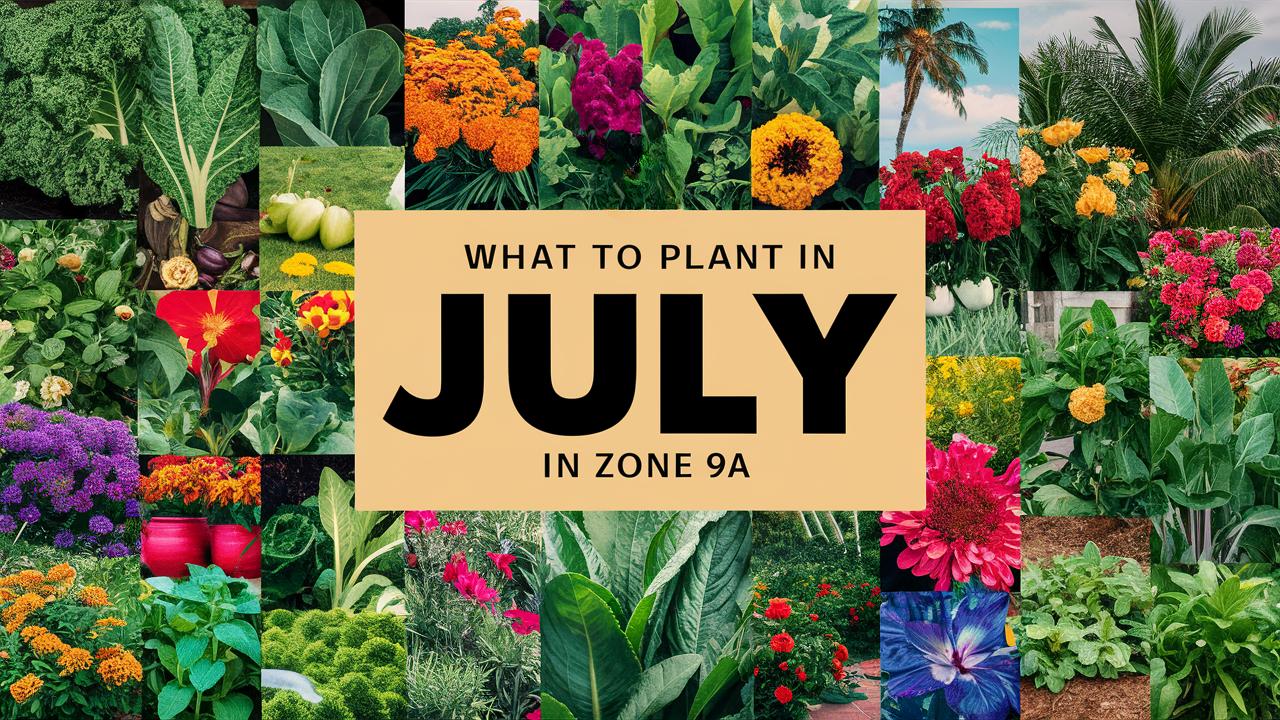This guide will help you discover what to plant in July in Zone 9a, ensuring that your garden flourishes even in the peak of summer.
Vegetables To Plant
Tomatoes
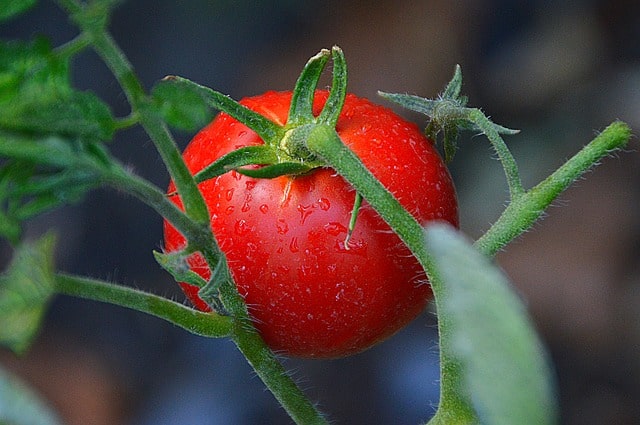
Tomatoes are a quintessential summer crop that thrives in the warm temperatures of Zone 9a. In July, it’s an excellent time to plant heat-resistant varieties such as Sun Gold or Heatmaster. These varieties can tolerate high temperatures, typically thriving in conditions ranging from 70°F to 80°F during the day. For best results, choose a location with full sun and adequate moisture.
Tomatoes can be started from seeds indoors earlier in the summer, but July is optimal for transplanting seedlings directly into the garden. Ensure they are well-acclimated before planting to avoid transplant shock.
Peppers

Bell peppers, jalapeños, and other varieties flourish in the heat of Zone 9a. July presents the perfect window to sow them directly outdoors or transplant seedlings that were started indoors. These heat-loving plants prefer daytime temperatures between 70°F and 85°F and are typically resistant to temperatures of up to 90°F if they are adequately watered.
When planting, select a sunny spot with well-draining soil. Consider interplanting peppers with basil, which can enhance their flavor and deter pests.
Cucumbers
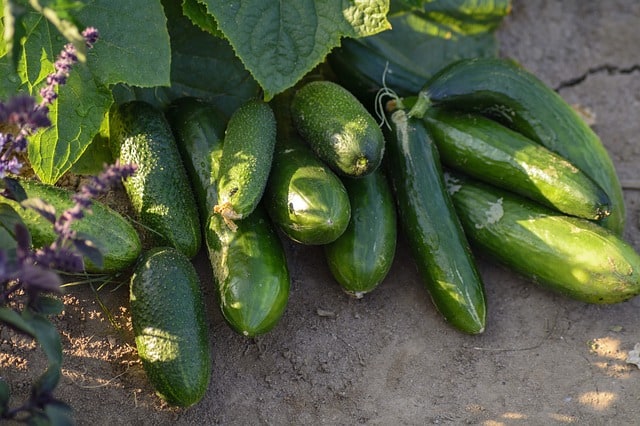
Cucumbers are excellent summer vegetables that thrive in the warm weather of Zone 9a. They are tolerant of warm temperatures and benefit from being seeded directly into the garden or transplanted from seedlings in July. Varieties such as ‘Marketmore 76’ are particularly popular for their robustness and high yield.
Cucumbers prefer soil temperatures between 70°F and 90°F. It’s essential to provide support structures like trellises, as this encourages air circulation and helps prevent diseases.
Beans
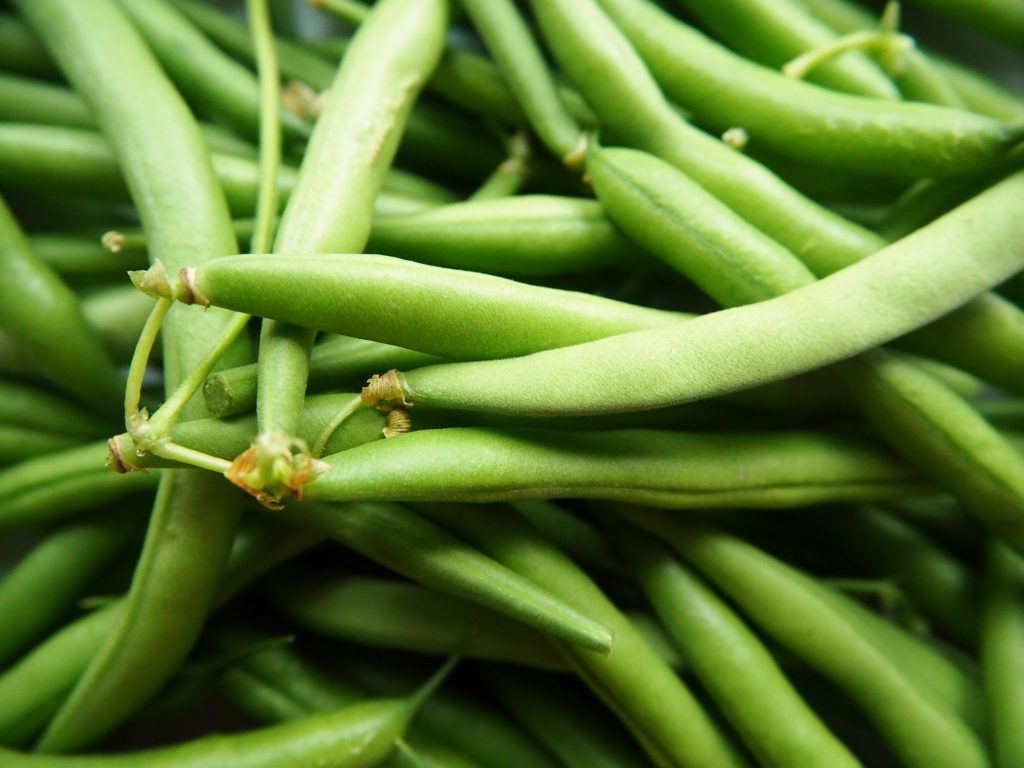
Both bush and pole beans are suitable for planting in July, taking advantage of the warm soil and weather in Zone 9a. Lima beans and snap beans thrive in these conditions, with a preference for soils that reach about 70°F. Beans are a great companion plant, enriching the soil with nitrogen and helping to improve yield for neighboring plants.
Make sure to provide adequate spacing to facilitate airflow and reduce the risk of fungal diseases. Harvesting tends to begin within 60-70 days after planting.
Squash
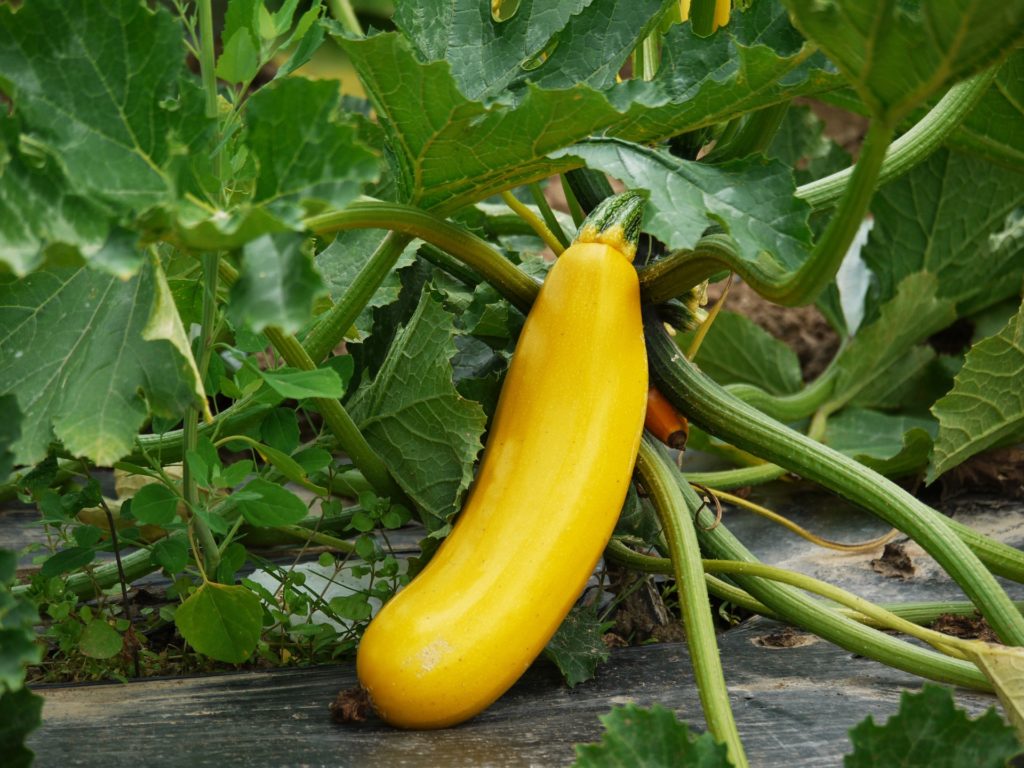
Summer squash varieties, such as zucchini, can be sown directly into the ground in July. They grow rapidly and can be harvested as soon as they reach a usable size, typically within 50-60 days after planting. Squash thrives in warm, well-drained soil, and the ideal soil temperature for germination is around 70°F.
Because of their sprawling growth habit, give squash plenty of room to expand or consider vertical gardening techniques to conserve space and improve airflow.
Okra
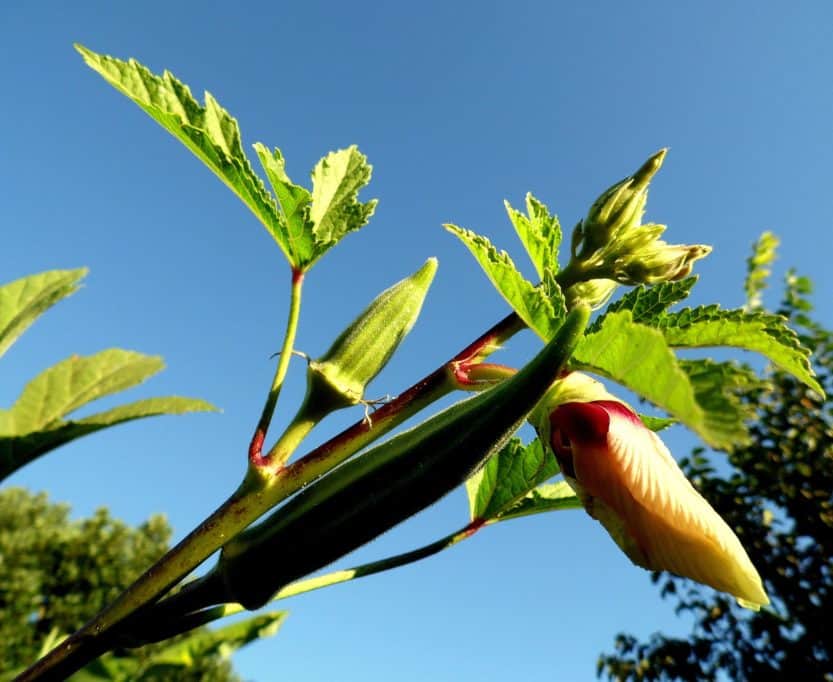
Okra, a staple in Southern cooking, is another heat-loving vegetable that can be planted in July in Zone 9a. It thrives in hot, humid conditions and can tolerate temperatures well above 90°F. Okra seeds germinate best at soil temperatures around 80°F and should be spaced adequately to avoid overcrowding.
Harvesting begins about 50-65 days after planting when the pods are tender. Regular picking encourages more production.
Melons
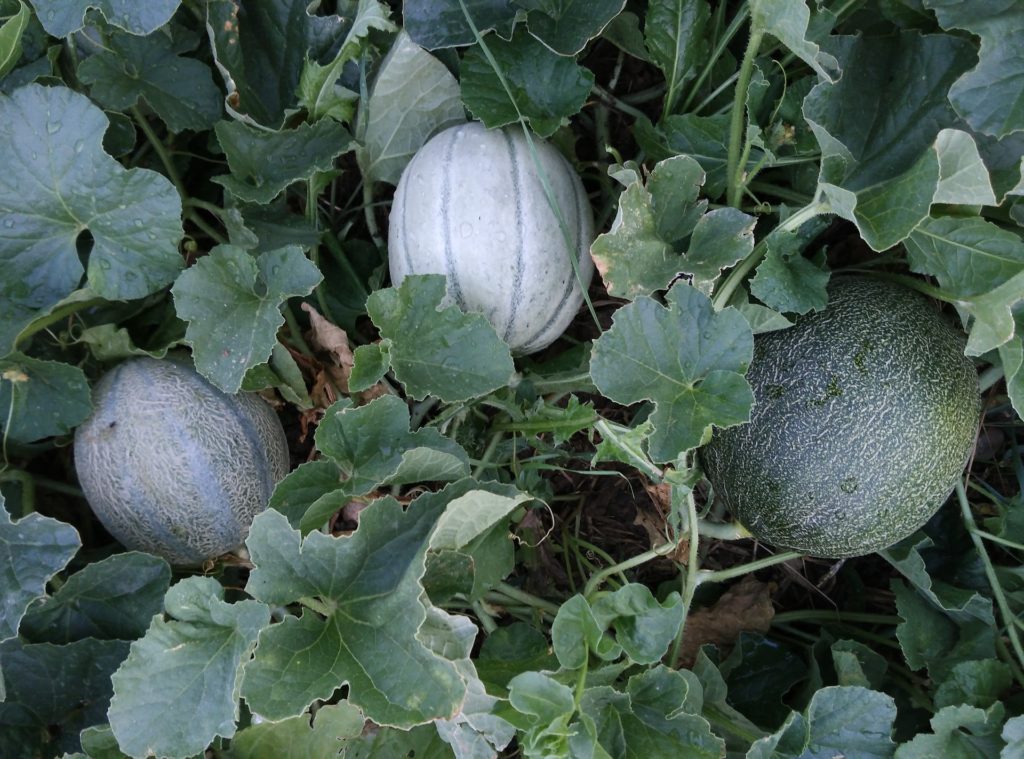
July is the perfect time to plant melons like cantaloupe and watermelon. These crops require full sun and benefit from the long, warm days typical of Zone 9a. They prefer soil temperatures around 70°F to 90°F for optimal germination.
Watermelons, especially, like their roots to be kept moist but not waterlogged. Adding mulch can help retain moisture and keep the soil temperature consistently warm.
Eggplant
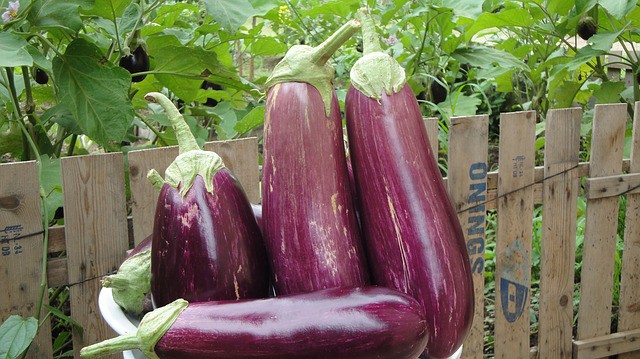
Eggplants, particularly varieties like Black Beauty, thrive in the warm environment of Zone 9a. They can be directly seeded or transplanted in July and prefer daytime temperatures around 70°F-85°F. They require well-draining, nutrient-rich soil and consistent watering–particularly during fruit set.
These plants can be susceptible to pests like flea beetles, so consider using row covers at the beginning of the season to protect young plants.
Corn
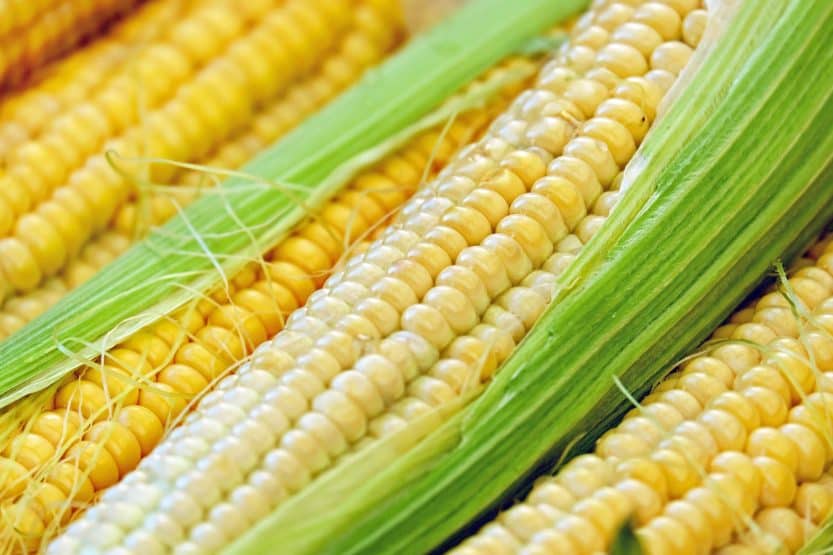
Sweet corn can be planted in July for a late summer harvest. Corn is a warm-season crop that requires soil temperatures of at least 60°F for germination. Due to its height and wind susceptibility, ensure good spacing for airflow and stability.
After about 60-100 days, depending on the variety, expect a sweet summer treat straight from the garden.
Swiss Chard
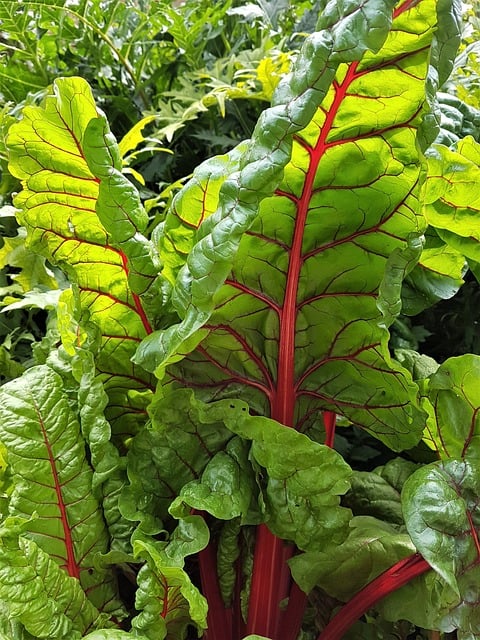
Swiss chard is a unique leafy green that can be sown directly into the garden in July. It has a remarkable heat tolerance, thriving in temperatures typically found during the summer, making it an ideal candidate for Zone 9a. While traditional garden greens may bolt early in hot weather, Swiss chard remains productive and can be harvested continuously throughout the summer.
It’s best to keep soil consistently moist to prevent the leaves from becoming coarse, and with the right care, you can enjoy this nutritional powerhouse until frost.
Flowers To Plant
Zinnias

Zinnias are ideal for planting in July as they are robust producers that thrive in warm weather. They love full sun and can bloom in various colors, adding vibrancy to any garden. Zinnias grow best at temperatures between 70°F and 90°F and prefer well-draining soil.
To encourage sturdy plants and deter pests, occasional deadheading will promote continuous blooming throughout the summer and into fall.
Sunflowers

Sunflowers thrive in the heat of Zone 9a and can be planted in July to enjoy their dazzling blooms by late summer. They flourish in full sun and are remarkably drought-tolerant once established, preferring soil temperatures of about 70°F.
Consider planting dwarf varieties for small spaces or maximizing your yield with taller varieties, which can also provide natural shade for smaller plants.
Marigolds
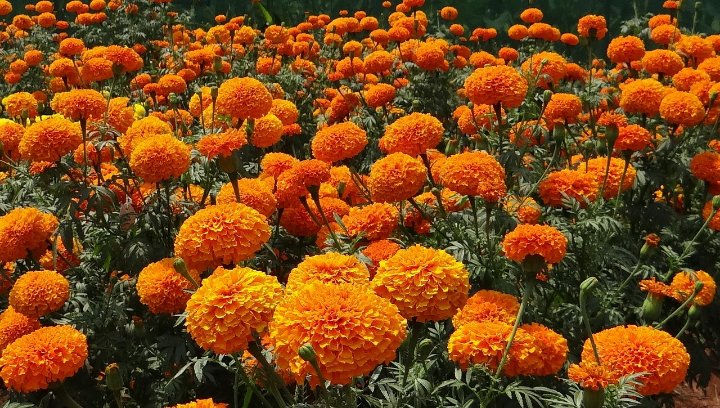
Marigolds are another excellent pick for planting in July; they are known for their ability to repel garden pests. These flowers thrive in the warm weather and can bloom from summer through fall. They are tolerant of temperatures up to mid-80°F and do best in well-drained soil.
By interplanting marigolds among vegetables, you can enhance your garden’s aesthetics while also protecting your crops naturally.
Cosmos

Cosmos are easy-to-grow flowers that can be sown directly into the garden in July. They thrive in the warm conditions typical of Zone 9a and produce delightful blooms in various colors. These resilient plants prefer moderately fertile soil and can withstand drought, making them perfect for summer gardens.
Once established, cosmos will bloom continually until the first frost, adding charm to your garden in the late summer months.
Petunias
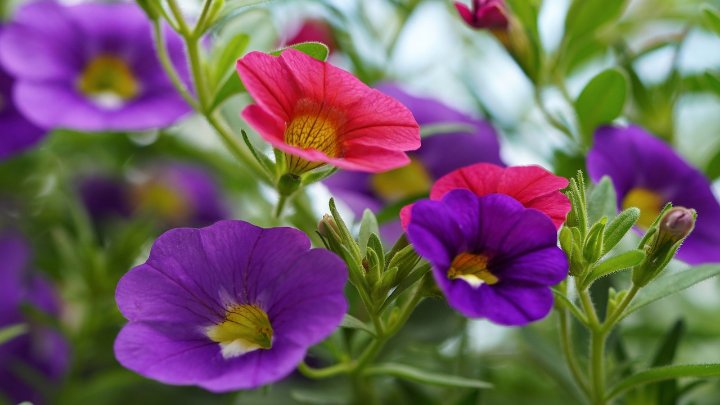
Petunias are hardy flowers that can be planted in July, providing splashes of color with a low-maintenance profile. They thrive in well-drained soil and full sun, exhibiting a preference for daytime temperatures around 70°F to 80°F.
These flowers can work well in containers or garden beds, and by deadheading spent blooms, you can encourage prolonged flowering throughout the summer.
Salvia
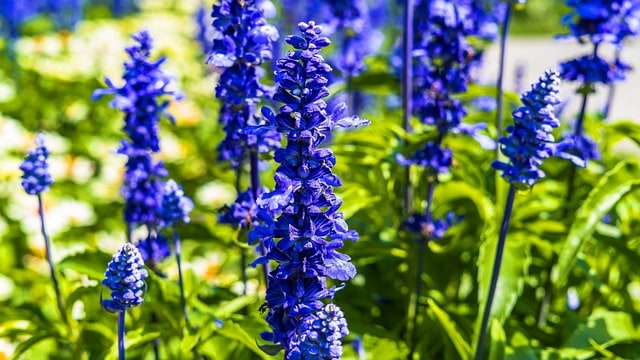
Salvia is a flowering plant that is well-suited for planting in July, especially varieties like Salvia splendens. Known for attracting pollinators, salvia flourishes in sunny locations and well-draining soil. It handles temperatures of up to 90°F, making it ideal for summer planting.
Planting salvia alongside perennials helps establish a garden that will draw butterflies and bees during the growing season.
Lantana
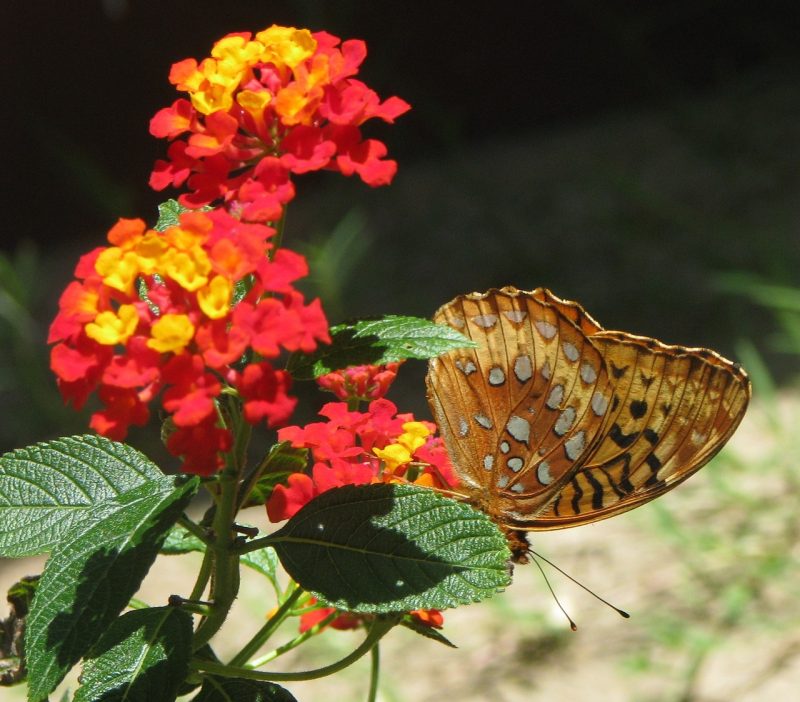
Lantana is a heat-tolerant perennial that can be planted in July. With vibrant clusters of flowers that attract butterflies and hummingbirds, lantana thrives in well-drained soil and full sun, preferring warmer temperatures.
This hardy plant is drought-resistant and is perfect for adding color to any landscape, requiring minimal care once established.
Bee Balm
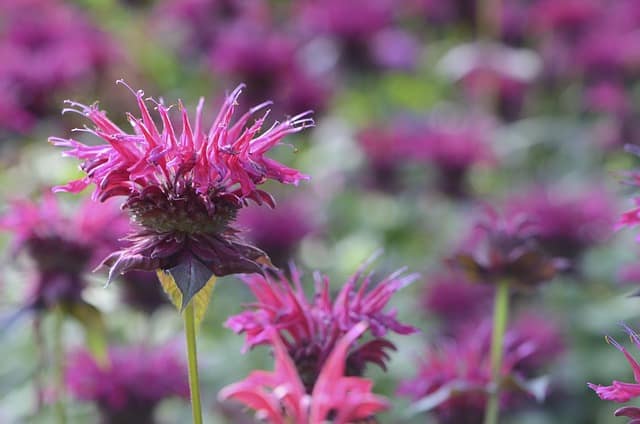
Bee balm, or Monarda, can be planted in July, offering brilliant flowers alongside a fragrant type of foliage. This flower thrives in sunny locations and rich, moist soil, typically preferring temperatures between 70°F and 85°F.
Not only do bee balm plants bloom beautifully, but they also attract pollinators, making them a wonderful addition to a wildlife garden.
Geraniums
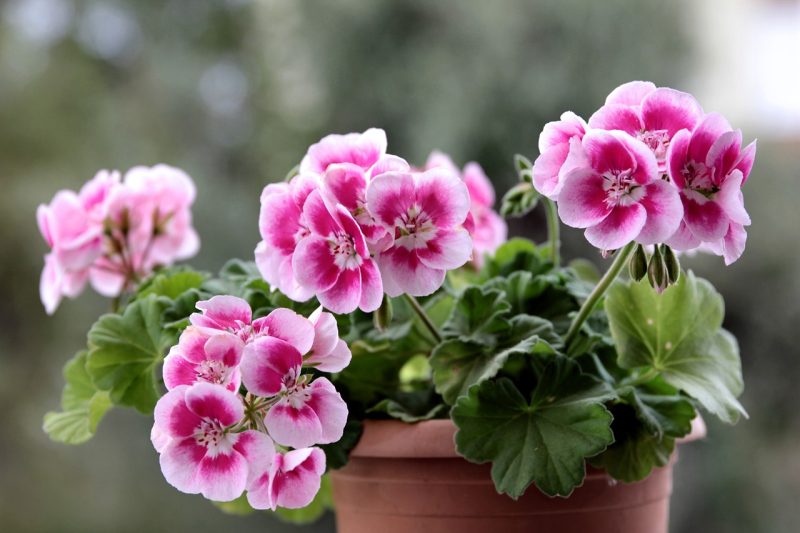
Geraniums are a classic choice that thrives in the warm summer of Zone 9a. Planting in July ensures that they establish well before the cooler fall months. They prefer well-drained soil and need adequate sunlight to flourish.
Regular watering is essential, especially in prolonged warm spells, but be cautious to avoid waterlogging. These flowers provide enduring color and can thrive all summer long.
Cleome
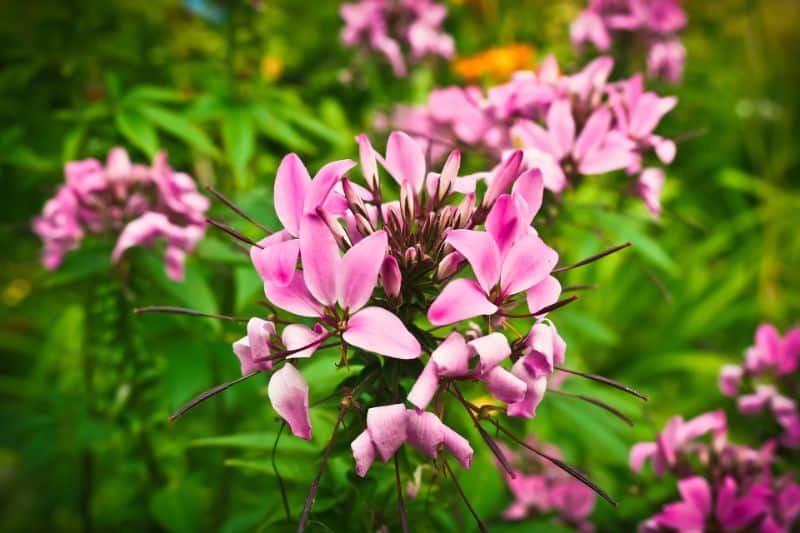
Cleome is known for its spidery flowers that add a unique aesthetic to gardens. These plants can be directly sown in July and thrive in full sun while handling warmer temperatures effectively. Cleome typically prefers soil temperatures of about 70°F to germinate.
They are relatively low-maintenance and can self-seed in suitable conditions, allowing them to return year after year.
Herbs To Plant
Basil
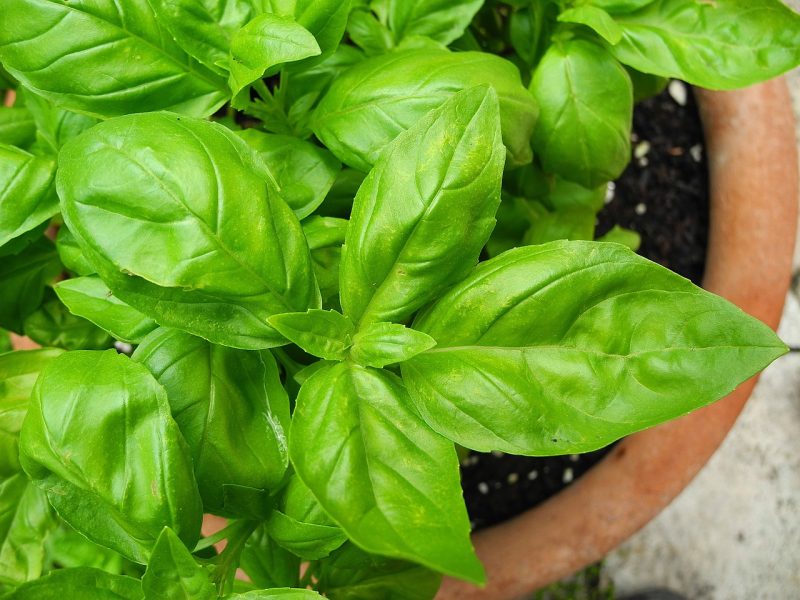
Basil is a popular herb that thrives in the heat of summer, making July an excellent time for planting in Zone 9a. With a preference for well-drained soil and full sun, basil prefers daytime temperatures around 70°F to 90°F.
Regular harvesting of leaves encourages new growth, and by pairing basil with tomatoes, you can enjoy improved yields.
Cilantro
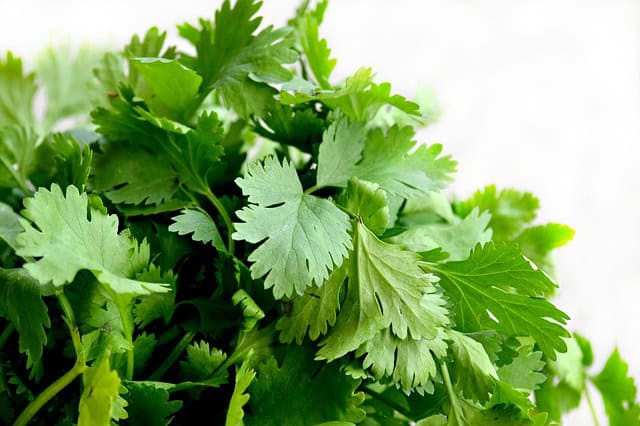
Cilantro is typically considered a cool-season herb, but in warmer climates like Zone 9a, you can successfully sow it in July. It prefers cooler temperatures but can grow in the heat if kept well-watered. Ideal soil temperatures for germination range from 60°F to 75°F.
Regular watering is crucial to prevent bolting; in particularly hot spells, consider using shade cloth to maintain optimal growth.
Dill
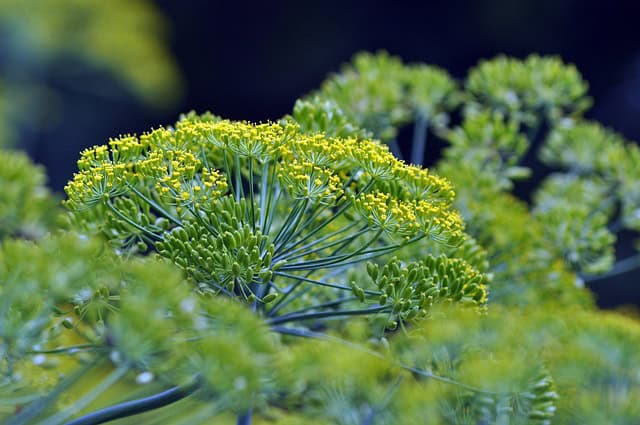
Dill is another herb that can be sown in July within Zone 9a. This aromatic herb favors full sun and requires well-draining soil; it prefers temperatures around 70°F. Dill is ideal for companion planting with cabbages and other cruciferous vegetables, as it can attract beneficial insects that prey on pests.
As dill matures, it can reach heights of up to 4 feet, so plan your garden layout accordingly.
Oregano
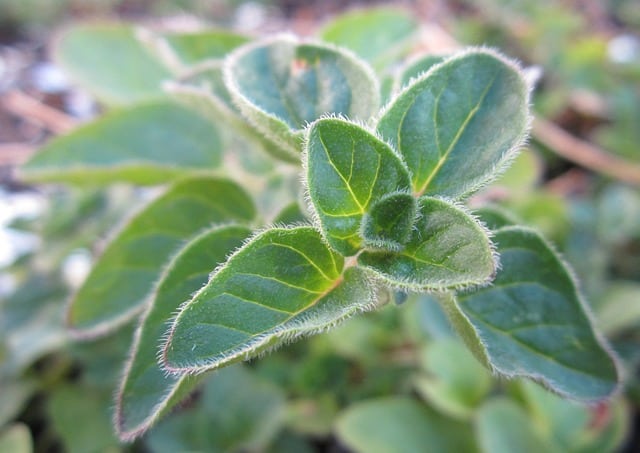
Oregano is a perennial herb that thrives in the warm, sunny environments of July. It flourishes in well-drained soil and prefers daytime temperatures around 70°F to 85°F. Oregano is highly versatile in the kitchen and can be harvested throughout the summer.
Make sure the plant has enough sunlight to develop its unique flavor profiles, and consider drying excess harvests for use in winter cooking.
Thyme
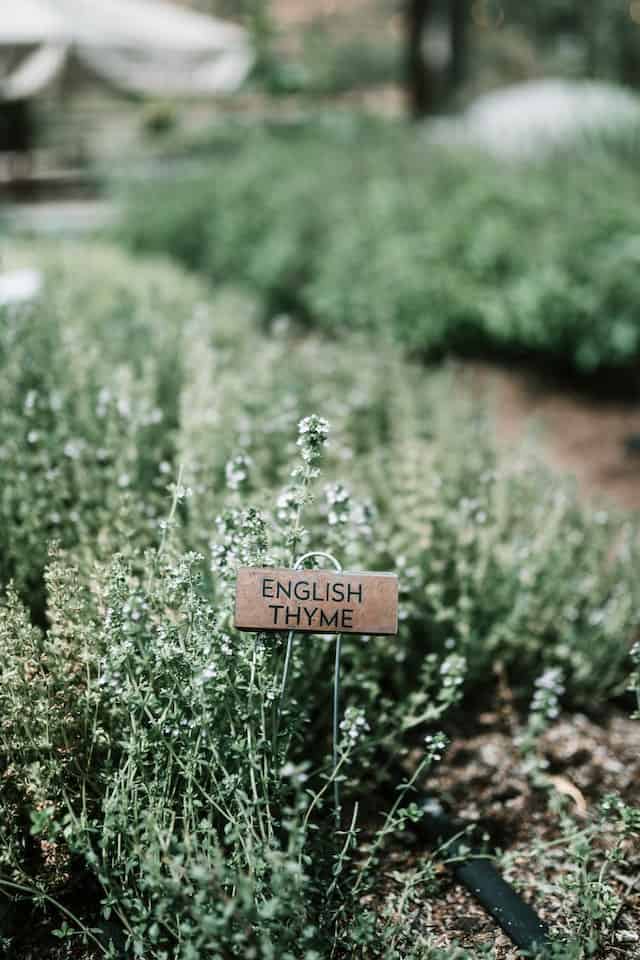
Thyme is a drought-tolerant herb that thrives in Zone 9a. Planting in July allows this flavorful herb to flourish in the warm summer sun. It requires well-draining soil and enjoys temperatures between 70°F and 80°F.
Regular pruning encourages dense growth and can lead to abundant harvests. Thyme works superbly in both culinary applications and ornamental borders.
Chives

Chives are a delightful herb that can be planted in July. They thrive in well-draining soil and require full sun to flourish. Chives prefer temperatures between 60°F and 75°F, making them suitable for late summer planting.
These perennials can self-seed, enabling plants to return for years to come, providing a fresh supply for culinary use.
Parsley
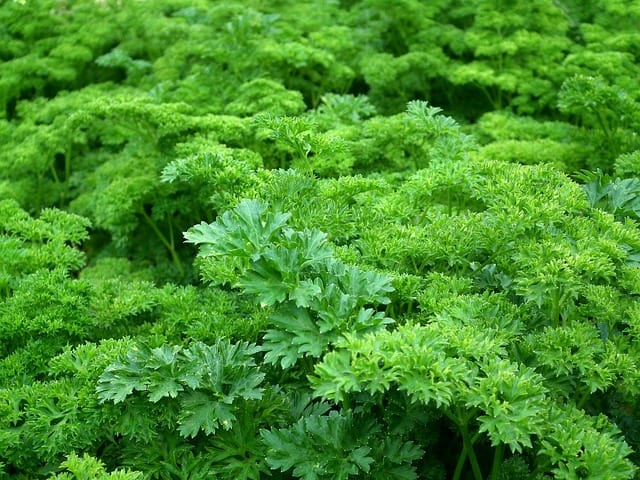
Flat-leaf and curly parsley can both be planted in July in Zone 9a. Parsley prefers cooler temperatures for germination but can establish roots in the warmer soil. Ideal temperatures hover around 70°F during the day.
This herb is versatile and can be used fresh, dried, or as a garnish, making it a staple in any kitchen garden.
Chervil
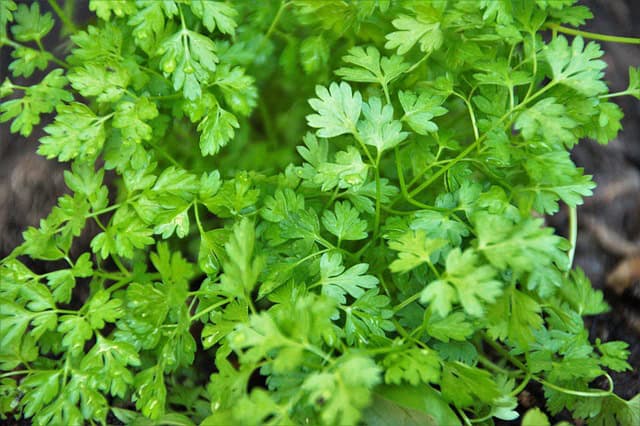
Chervil is a lesser-known herb that can be sown in July. It prefers partial shade and cooler soil conditions, making it a great addition to summer plantings. With a flavor profile reminiscent of anise, it is ideal for fresh salads and delicate sauces.
Regular watering is key to ensuring the plant remains healthy during hotter months.
Lemon Balm

Lemon balm is a fragrant herb that can establish well in the heat of July. It enjoys sunny spots and well-draining soil. Being a member of the mint family, it can spread eagerly in the garden, so consider planting it in pots or confined spaces.
Its lemon-scented leaves can be used for herbal teas or to add flavor to dishes, making it a delightful choice for culinary herbs.
Mint
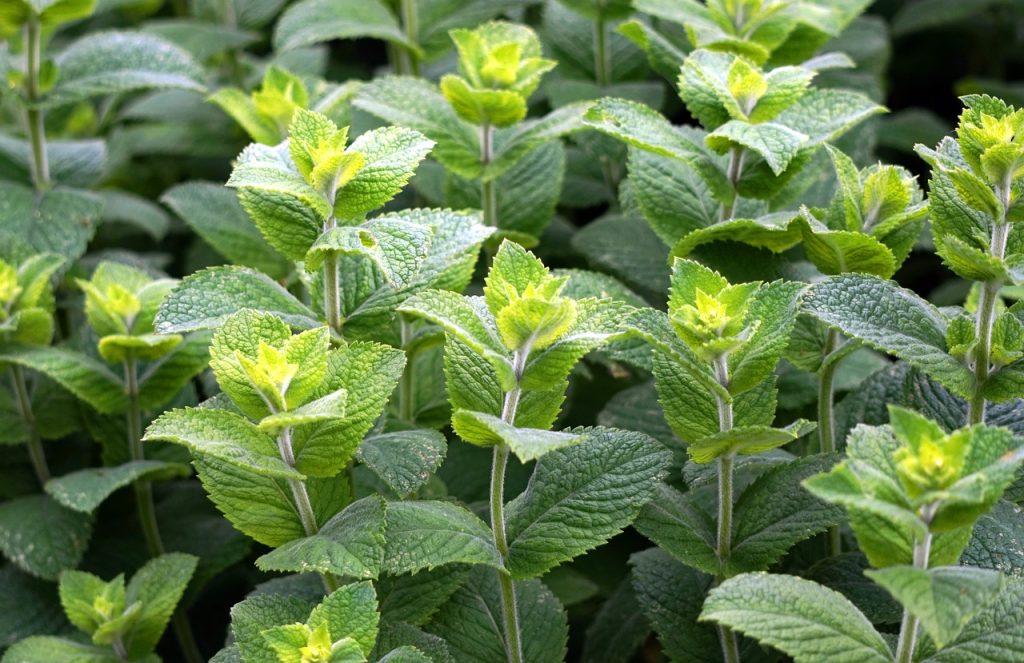
Mint is a hardy herb that thrives in warm weather, making July a suitable timeframe for planting it in Zone 9a. While it prefers rich, moist soils and partial shade, it can adapt well to full sun if given enough water.
Mint can quickly take over the garden; planting it in containers can help manage its vigorous growth while providing a fresh supply for drinks and dishes all summer long.
Landscape Plants To Plant
Crape Myrtle
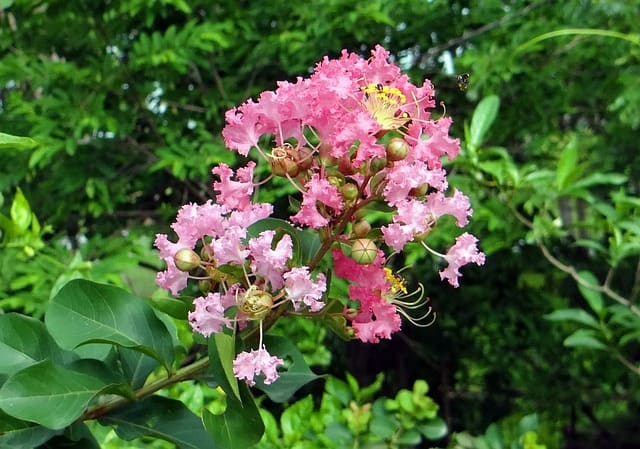
Crape myrtle is a popular landscape plant for Zone 9a due to its vibrant blooms and ability to withstand heat. July is an ideal time to plant these lovely trees and shrubs, which can tolerate high temperatures and thrive in well-drained soil.
Crape myrtles can provide a stunning display of color, from white to deep red, throughout the summer months, and they benefit from regular pruning to enhance their shape and flowering.
Daylilies
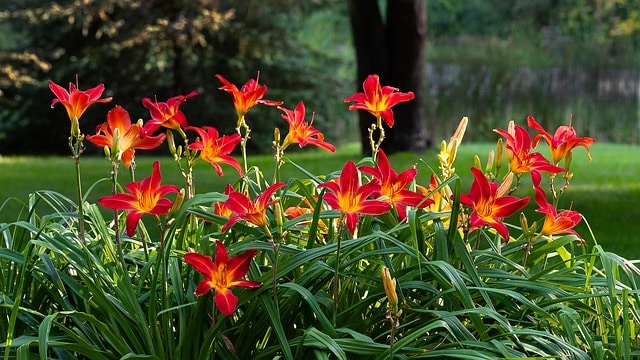
Daylilies are hardy perennials that bloom beautifully in the summer months. Planting them in July allows for establishment before the cooler fall weather sets in. These versatile plants thrive in a variety of soil types and tolerate heat well.
Daylilies are low-maintenance and can provide a long-lasting display of flowers with minimal care, bringing a burst of color to your garden.
Bougainvillea
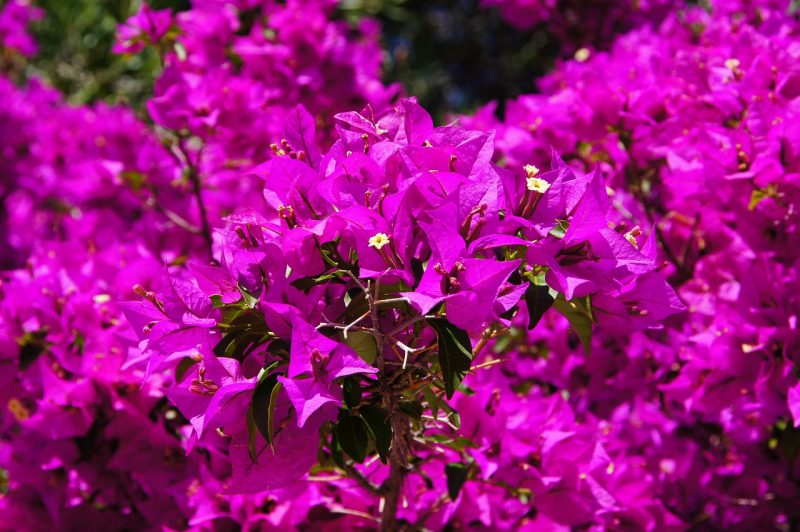
Bougainvillea is a striking, drought-resistant plant perfect for warmer climates, making July an excellent time to plant it in Zone 9a. This sprawling vine loves full sun and can handle hot temperatures, making it a popular choice for adding vibrant color to walls and trellises.
Pruning will keep bougainvillea in check and promote healthy growth, while its blooms can intensify with drier conditions.
Agapanthus

Agapanthus, or African lily, is another eye-catching choice that can be added to landscape gardens in July. These perennials tolerate heat and thrive in well-drained soil with full sun exposure.
Their striking blue or white flowers bloom profusely during the summer, often attracting bees and butterflies for additional interest in your landscape.
Oleander
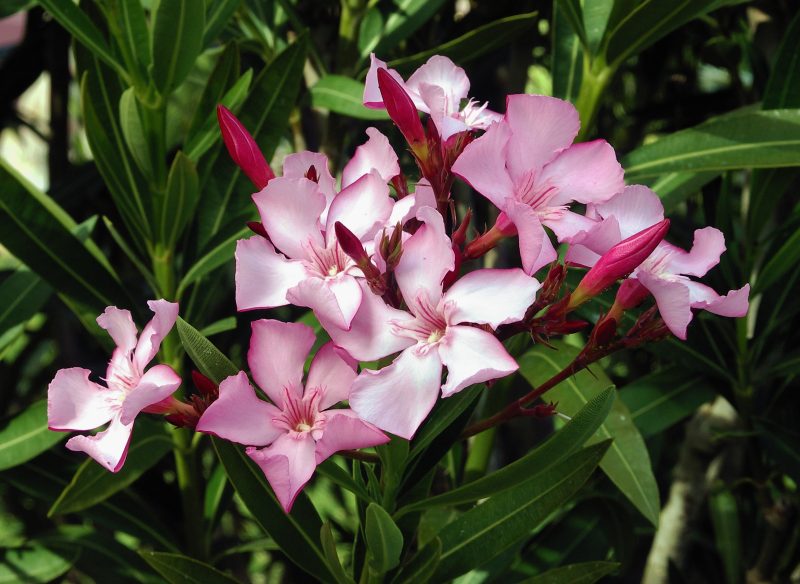
Oleander is a resilient shrub that pairs beautifully in landscapes for warm climates. Planting Oleander in July allows these sun-loving shrubs to establish robust root systems before the cooler months arrive.
Oleander is drought-tolerant once established and can provide a fragrant bloom, making it an excellent choice for foundation plantings and privacy hedges.
Lantana

Lantana is not only apt for flower gardens but also an excellent landscape plant choice. Its ability to withstand heat and retain color even in poor soils makes it a popular choice in hot climates. By planting in July, you can enjoy vibrant blooms that attract pollinators through the summer.
Add lantana to borders or mass planting to create a stunning wave of color all season long.
Sago Palm
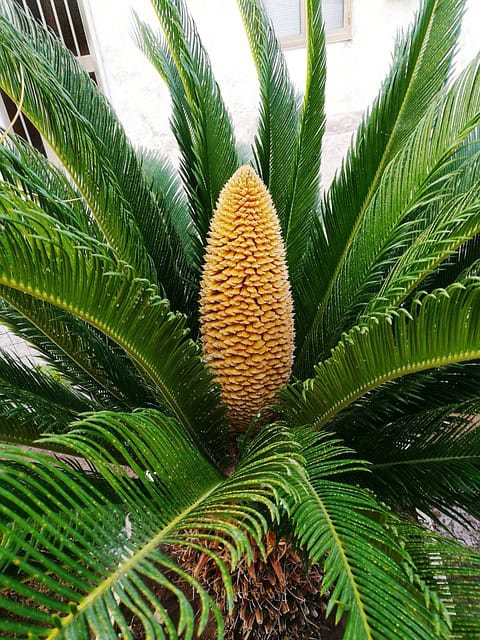
For a tropical touch to your garden, consider the sago palm which can be planted during July in Zone 9a. While not a true palm, this hardy plant tolerates heat and minimal watering once established.
Sago palms thrive in well-drained soil and can provide a unique texture to your landscape, complementing other flowers and plants beautifully.
Fountain Grass
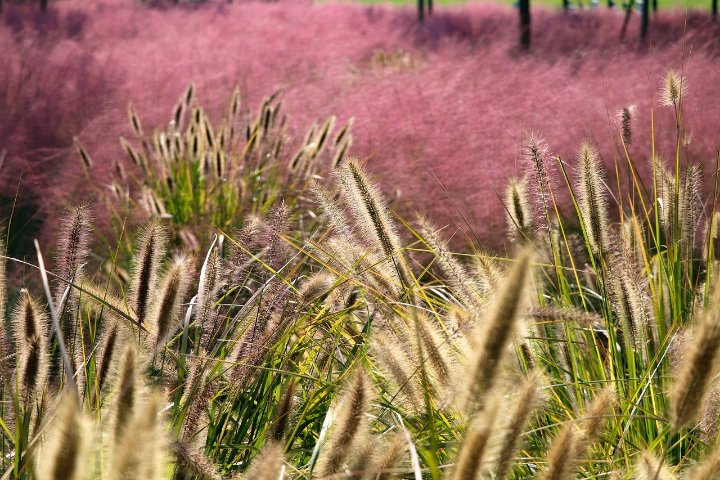
Fountain grass (Pennisetum alopecuroides) is a dramatic landscape plant that thrives in the heat and can be planted in July. Known for its fluffy flower heads and graceful foliage, fountain grass is drought-tolerant once established.
These perennials can be used alone or in groupings to create a lively garden filled with movement and texture, flourishing in sunny spots.
Salvia

Salvia is not just for the flower bed but can be an excellent landscape plant as well. In July, planting salvia provides numerous benefits, including attracting pollinators and its resilience to heat.
Incorporate salvia into your landscape design for groupings or as a border plant, providing color that thrives throughout the summer.
Mexican Bird of Paradise

The Mexican bird of paradise (Caesalpinia mexicana) is a stunning plant that provides striking yellow and red blooms, thriving in the intense heat of July. This semi-tropical shrub is perfect for attracting hummingbirds and butterflies to your garden, requiring well-drained soil.
Mexican Bird of Paradise is resilient to drought, making them excellent landscape plants for low-maintenance gardens.


